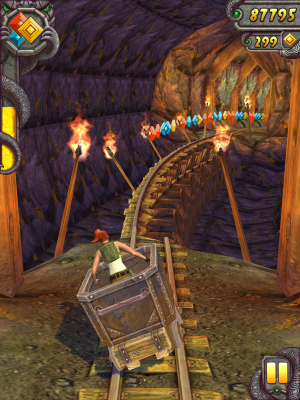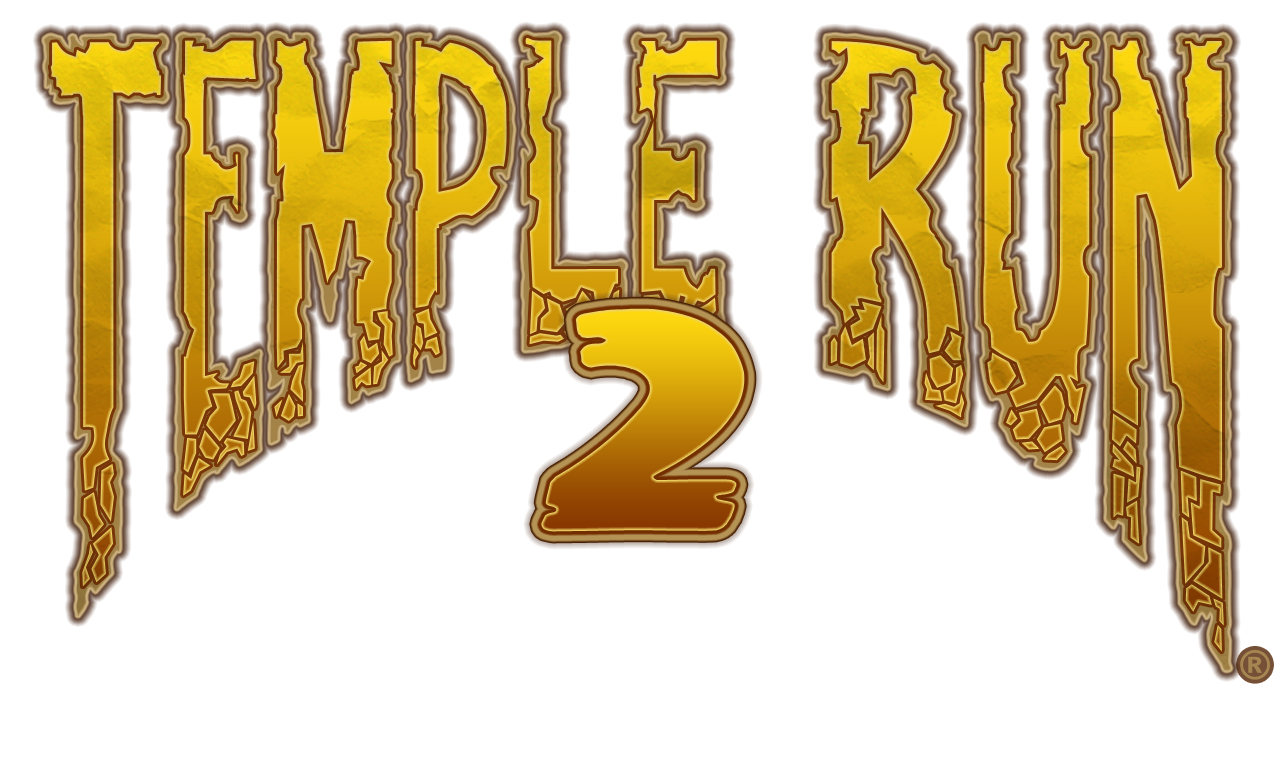Temple Run is gigantic. Players downloaded the first game over 170 million times. The breakout smartphone endless-running title has a daily active user number in the multiple millions.
 Suddenly, we have Temple Run 2. It’s an iOS and Android sequel to the massive hit, but we have to ask: Why do we need a Temple Run 2?
Suddenly, we have Temple Run 2. It’s an iOS and Android sequel to the massive hit, but we have to ask: Why do we need a Temple Run 2?
Well, because developer Imangi Studios had ideas that were too big for the original.
“We decided to work on a sequel because we were running into technology limits [with Temple Run],” Imangi cofounder Keith Shepherd told GamesBeat. “We had to shoehorn things into something we designed in five months, something we never expected to be such a breakout phenomenon. It was getting more difficult to do some of the things we wanted to do with the game and the gameplay.”
Imangi couldn’t get Temple Run to work with simple things like hills and curved paths. The game’s structure is only capable of producing perfectly level terrain on a north, south, east, or west orientation.
“Having another app gives us a chance to have a fresh start,” said Shepherd.
Imangi Studios rewrote Temple Run 2 from scratch and worked on making the game more agreeable with future updates.
What’s new?
“The first thing that you’ll notice in Temple Run 2 is that the environments are just so much more visually rich,” said Shepherd. “We were thinking it would be really great to have more organic architecture that has some curves to it — and some hills and valleys. That makes more varied [visually] than the original.”
But beyond the technical, this new Temple Run holds many new features and character abilities.
New obstacles fill the newly upgraded world. Players must now guide the hero over rivers, across zip-lines, up hills, and even through caves in a mine cart.
Perhaps the most interesting new features are the character powers. Each character has their own special power that players can unlock and activate.
It may sound somewhat different, but Shepherd said the studio wanted to make the game familiar to fans of the original.
The Temple Run business
Imangi spent the months since the August 2011 launch of Temple Run making the game better. Now, it has a new Temple Run that it will likely give the same treatment too. So we asked Shepherd if he felt like he was only in the business of making Temple Run.
“It definitely feels like we’re in the Temple Run business sometimes,” he said. “We’re a small team, so it’s been our focus for the past few apps now. Everything’s been related to Temple Run. But we feel like we have a responsibility to our fans.”
So, for the foreseeable future, Imangi is gonna manufacture more Temple Run.
“At some point I would like to start working on some new games,” said Shepherd. “I find a lot of fun in the creative process of making new things.”
VentureBeat's mission is to be a digital town square for technical decision-makers to gain knowledge about transformative enterprise technology and transact. Learn More

